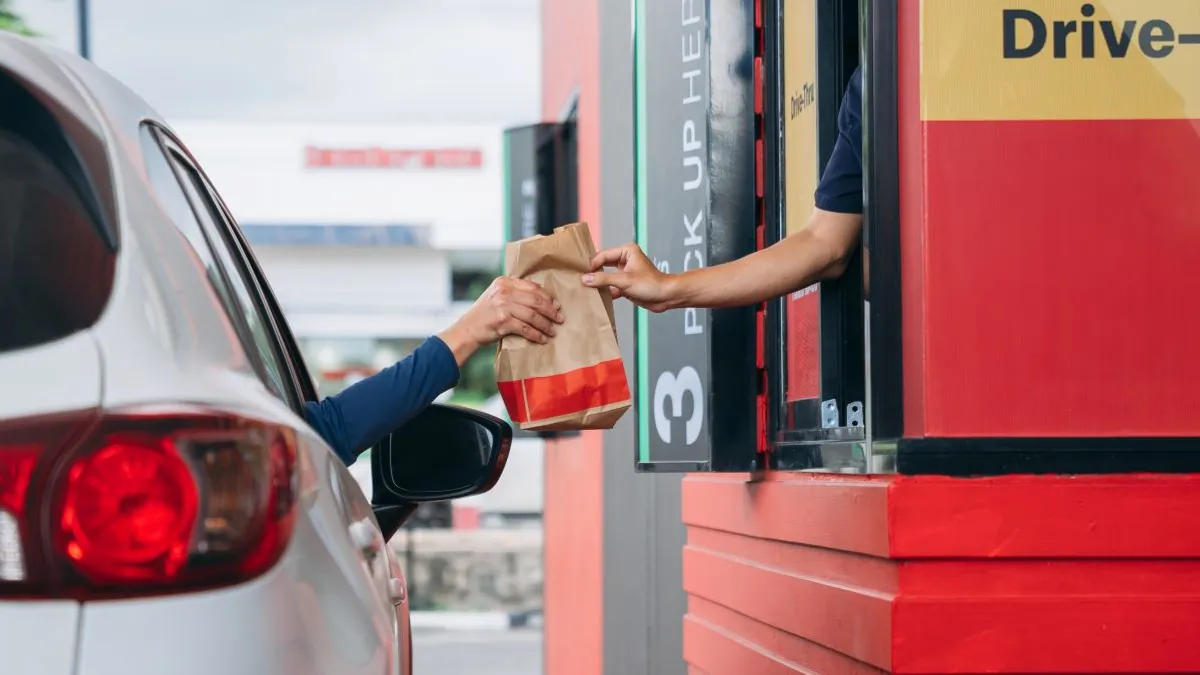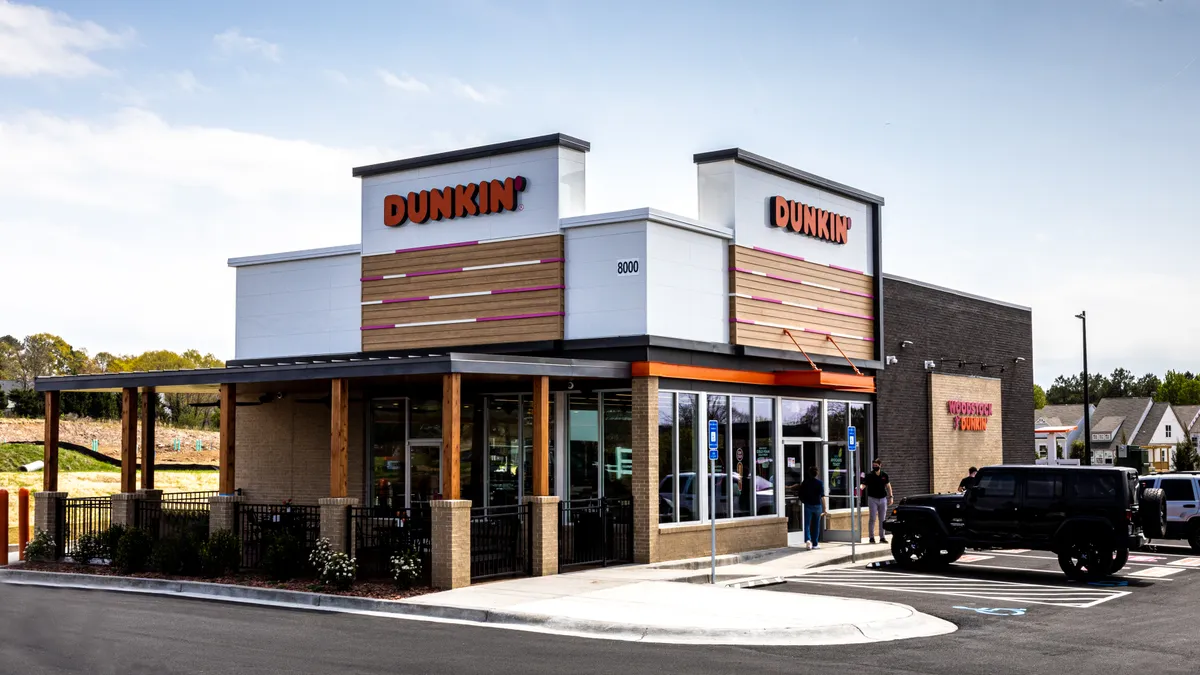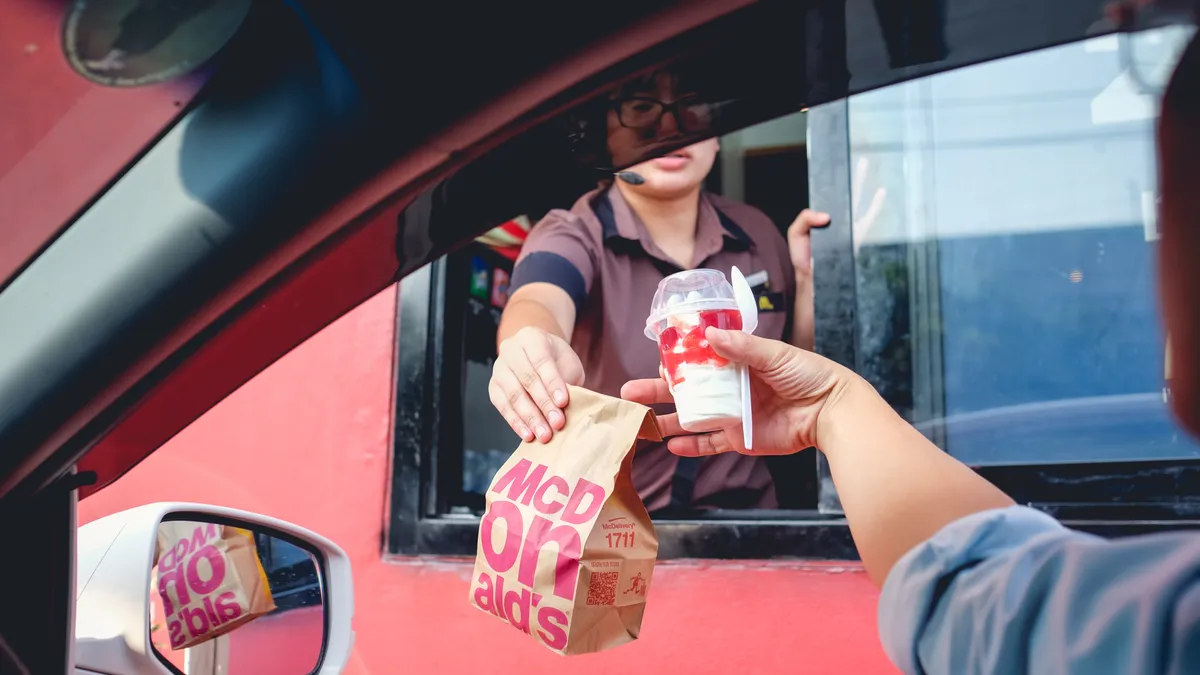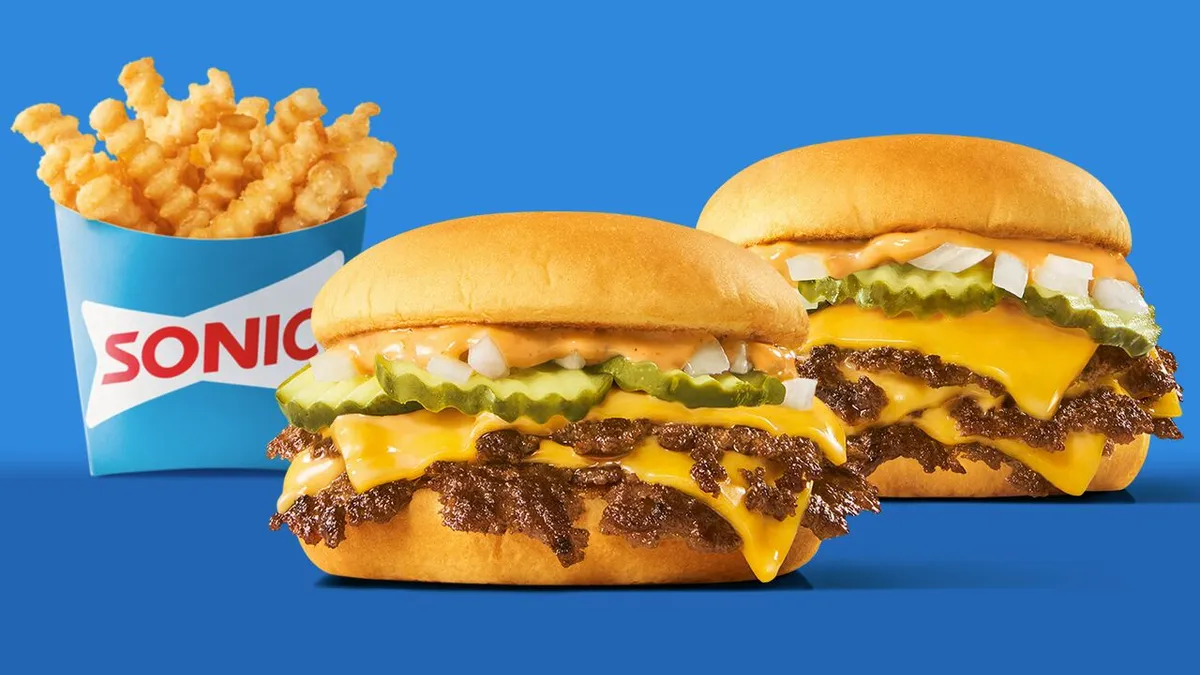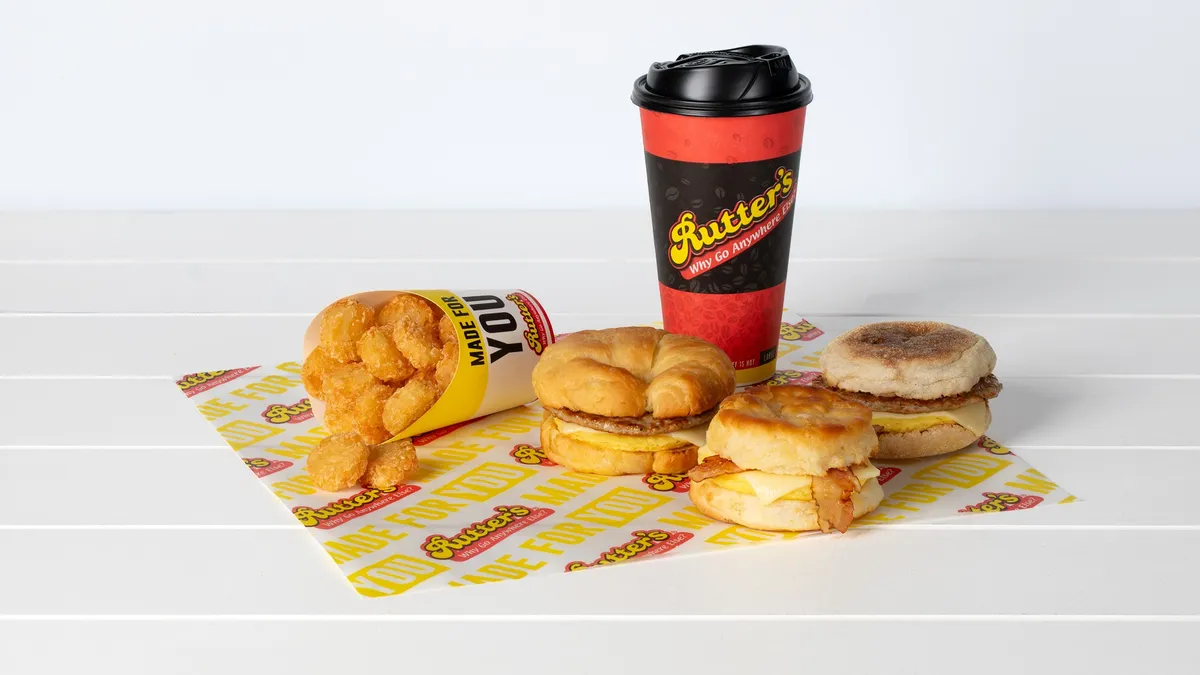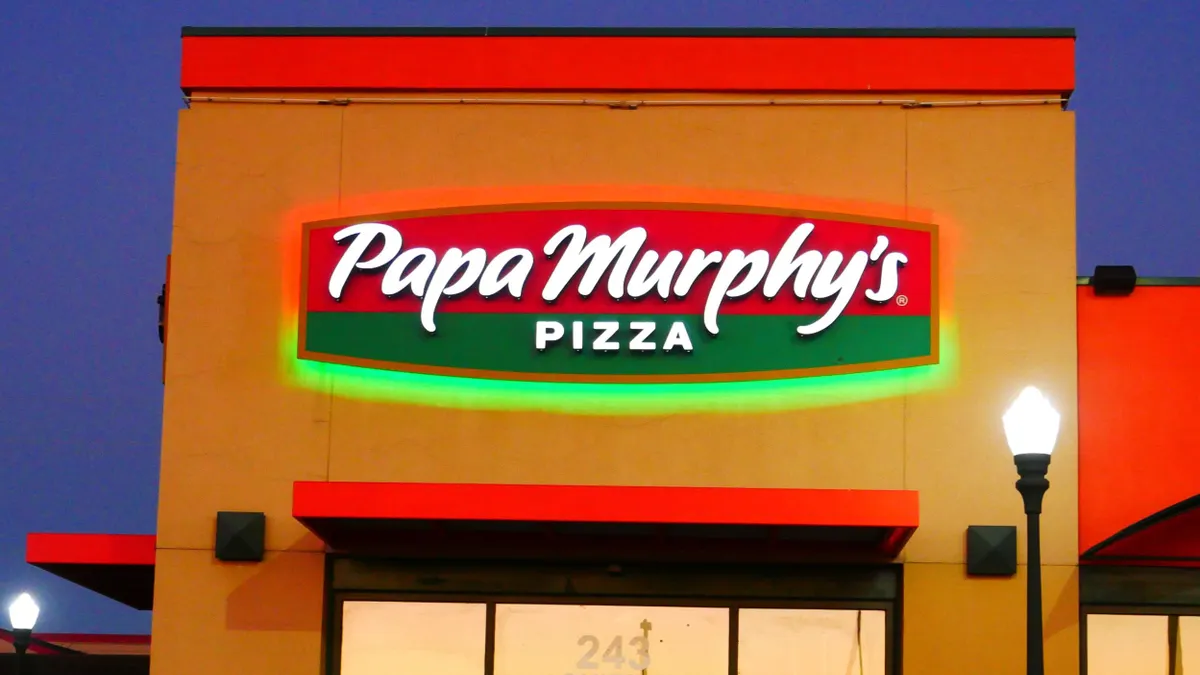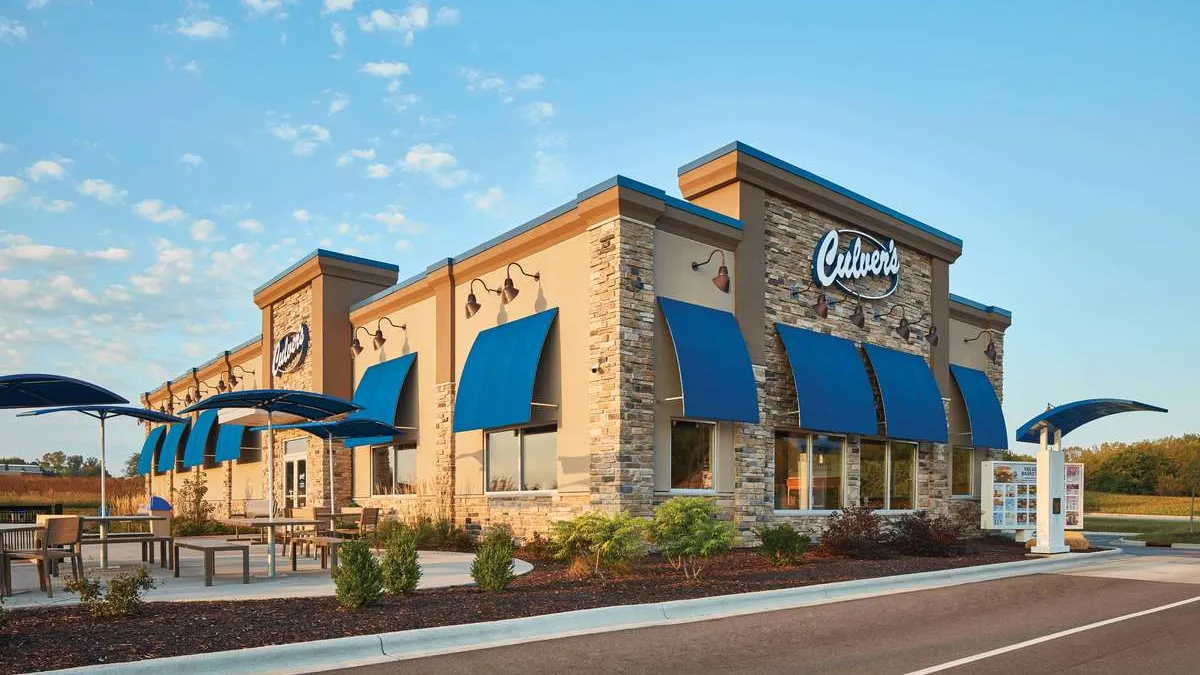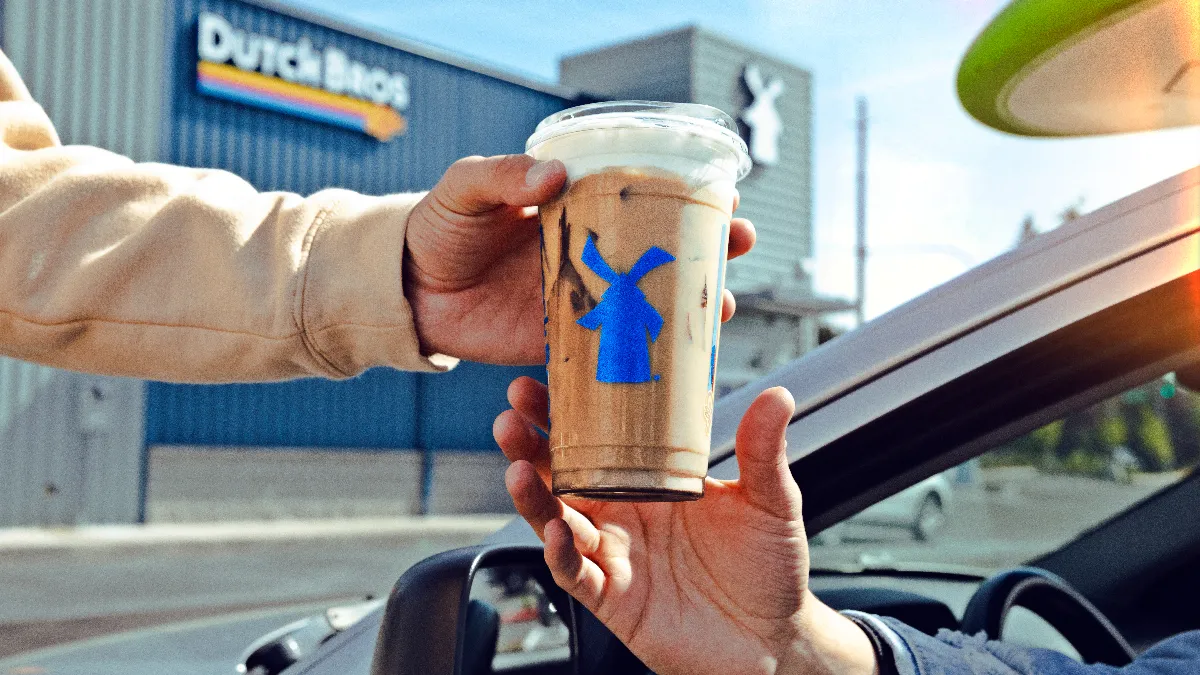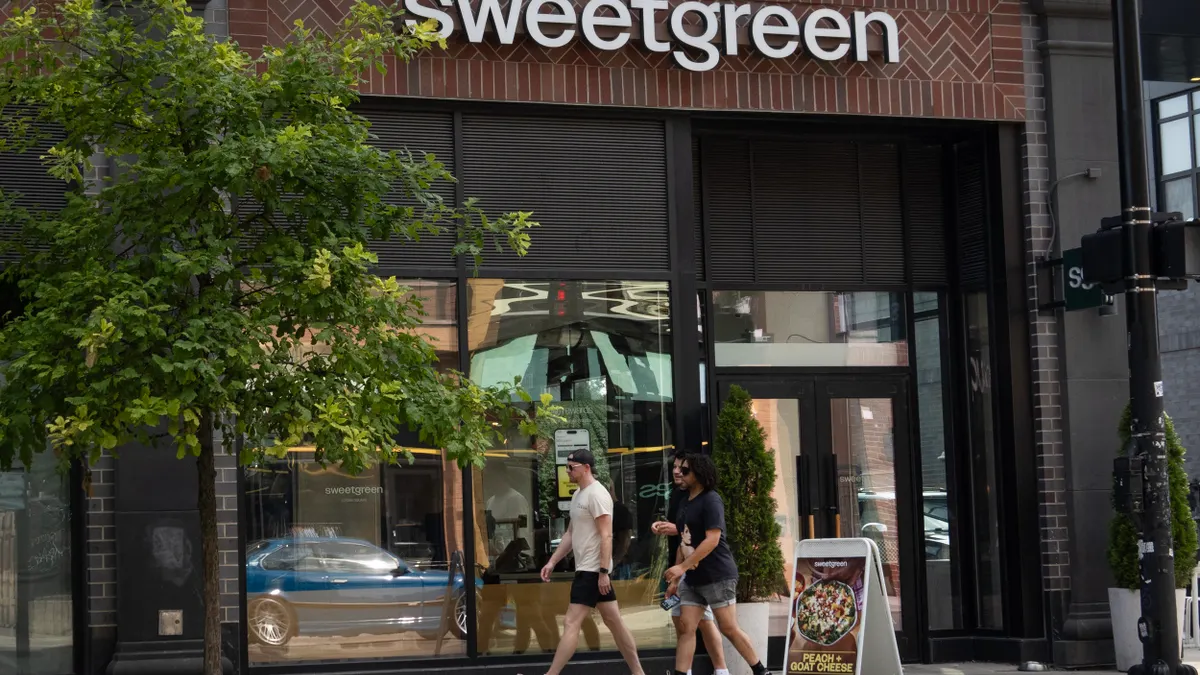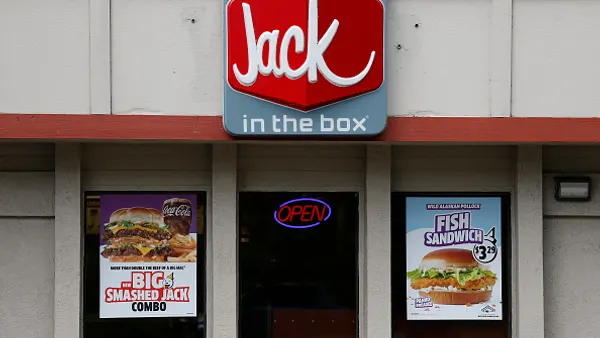Editor’s note: The following is a guest post written by Lotte van Um, creative director of spatial design at FutureBrand.
The QSR market is set to grow substantially over the next decade. The fast food and quick service models are well suited to meet the demand for value and convenience in a world of economic uncertainty and cost of living pressures. With market growth of more than 5% predicted between 2025 and 2035, the outlook is good for the sector.
However, the QSR sector is also fiercely competitive. Many brands report a growing challenge of keeping customers’ attention and loyalty. People are not feeling an emotional connection with QSR brands anymore. The question is how to create a brand of connection and lasting memories for people who are constantly bombarded with content, product and brand input.
QSR venues are built on speed. But it’s not just the food that is prepared and served quickly, the whole operation and customer journey is “quick, quick, quick.” The experience is designed to deliver a speedy conversion — not conducive to creating lasting memories or the desire to return. In fact, the QSR format is often guilty of doing the opposite: creating spaces that place speed and efficiency over emotional connection.
This needs to change, and fast. It’s not a nice-to-have, but essential for creating loyalty and differentiation. QSR brands need to focus on human experiences, rituals and spaces that foster connection. People today are seeking more than minutes saved, they’re looking for meaning made. Yes, developments in automation will play an important role over the next 10 years, but so must emotion and a warmth of experience — and this is where spatial design really comes into its own.
Transforming from operational hubs to cultural hot spots
To start with, QSR brands need to move on from their one-design-fits-all approach to space. If you’re already familiar with the basic offerings of any given brand, what will entice you to visit and keep going back? This should be the focus. Hyperlocal cues and concepts work so well here because they tell a story. They create memories that can intrigue and excite; 66% of consumers believe a desirable experience is more important than price and convenience.
Each location should feel part of a shared universe, adapting to represent local cultures in some way, instead of sticking to a globally prescribed design template. This tells the community “We respect you. We want to be part of your story.” This approach fosters a deep sense of connection and pride, transforming the venue from just another fast food location into a cherished local spot. The space itself becomes a reason to visit, whether a customer needs a hunger fix or not. It gives people the incentive to linger longer.
Designing for connection, not just conversion
This invitation to stay will become increasingly important for QSR brands. They need to rethink their focus on filling seats and moving people through at speed. Instead, they should design for connection. It doesn't mean sacrificing speed of service but rather enhancing the environment where that service happens.
This could mean building touchpoints that spark interaction — a communal counter, a shared condiment ritual — or turning the prep process itself into a performance. A carefully orchestrated experience turns speed into theater, making operational rituals (the preparation, the sounds, the hand-offs) a part of the show. It transforms service into a shareable moment.
Through blending technology with human touch (for example, using digital screens for storytelling about food sourcing while ensuring staff are present to offer a warm welcome), brands can create a richer, more engaging atmosphere.
The power of ritual
In a world of fleeting digital interactions, small, repeatable brand rituals can also create powerful, lasting memories. Look back a decade or two and you’ll be reminded of some of the experiences that made today’s QSR giants so great — for instance, McDonald’s original Playlands, Chuck E. Cheese’s arcades and shows, or Krispy Kreme’s “Doughnut Theatre” viewing windows.
These were immersive spaces of play and interaction where staff welcomed customers with personality and encouragement. They were experiences, not just transactions, and serve as a reminder of what QSR experiences can be.
Rituals today might look different — perhaps a personalized greeting, an educational touchscreen game for children or a unique service gesture — but the principle remains the same. We need to give customers something to look forward to beyond the menu.
None of this is possible without empowering your frontline employees. Too often, staff are reduced to operational cogs in a machine. By training them as brand ambassadors, you transform their role. An employee who is encouraged to check in on families, share a story about a new menu item or simply offer a genuine smile becomes a powerful conduit for emotional connection. They are the human face of the brand and their ability to create a welcoming environment is an invaluable asset.
The path forward: Experiment and adapt
Making these changes on a global scale can feel like a monumental task. The operational chains are complex and deeply ingrained. The most practical approach is to start small. Brands should use flagship or concept stores as laboratories for innovation, and strategic interventions don’t have to mean immediate wholesale transformation. These locations can serve as testing grounds for localized designs, new service rituals and community-focused layouts.
By learning what resonates with customers on a smaller scale, QSR leaders can build a business case for broader implementation. This isn’t about abandoning the principles of quick service. It’s about enriching them with the human element that has been lost. In an increasingly crowded market, the brands that succeed will be those that stop just serving food quickly and start creating genuine, emotional connections that last.


